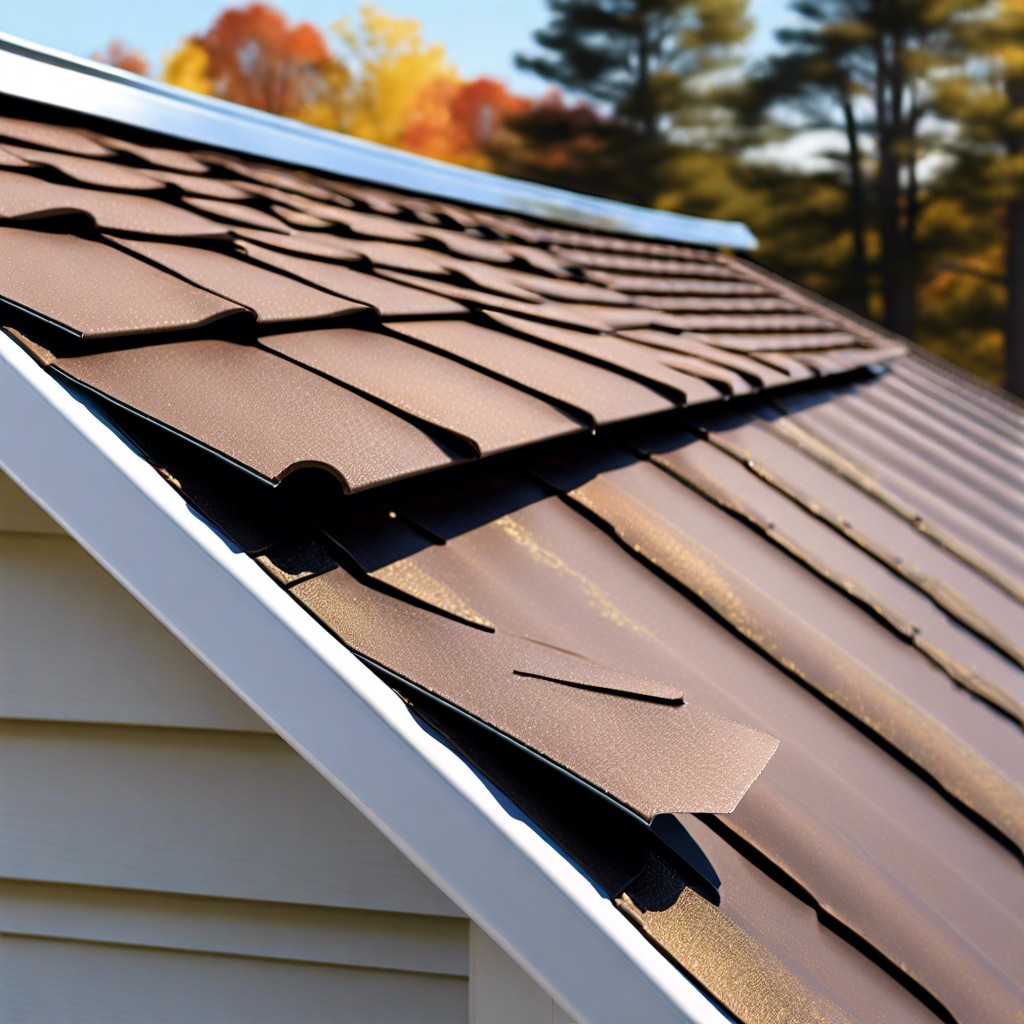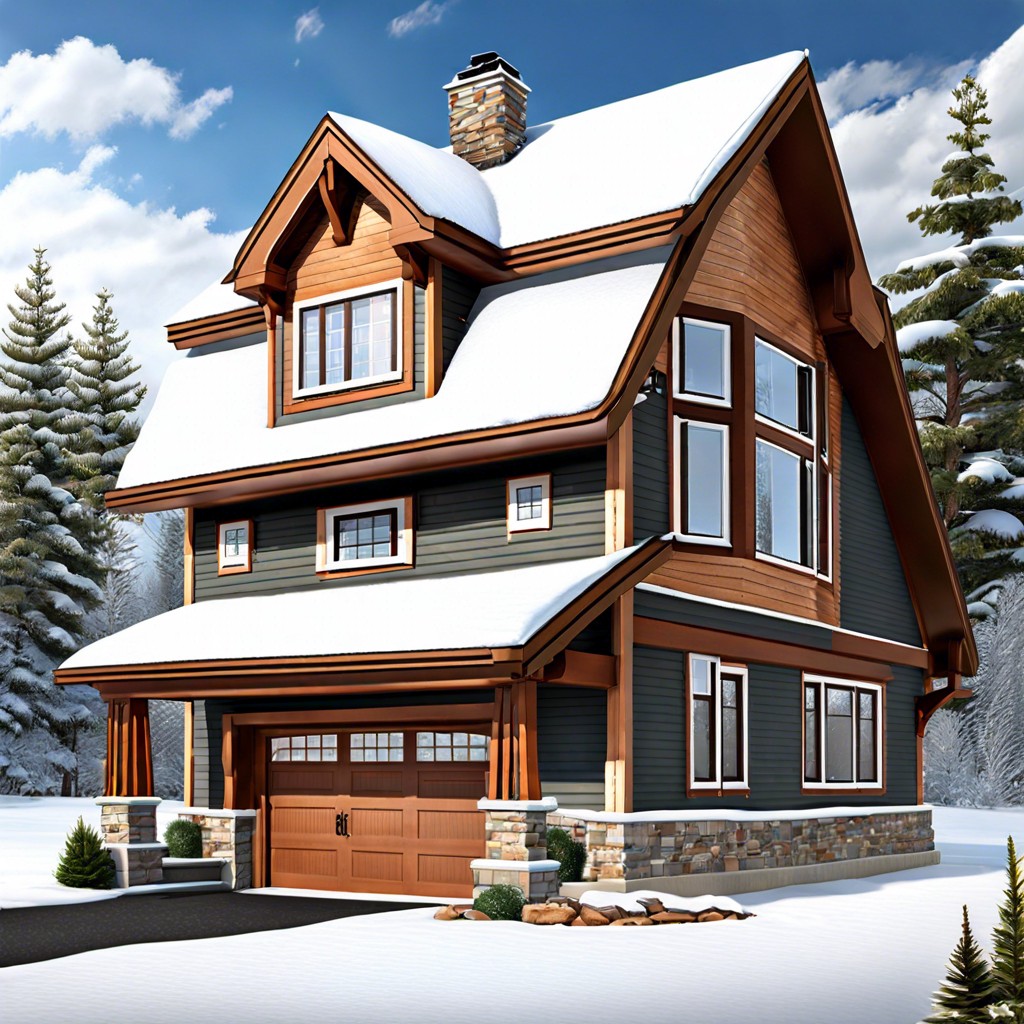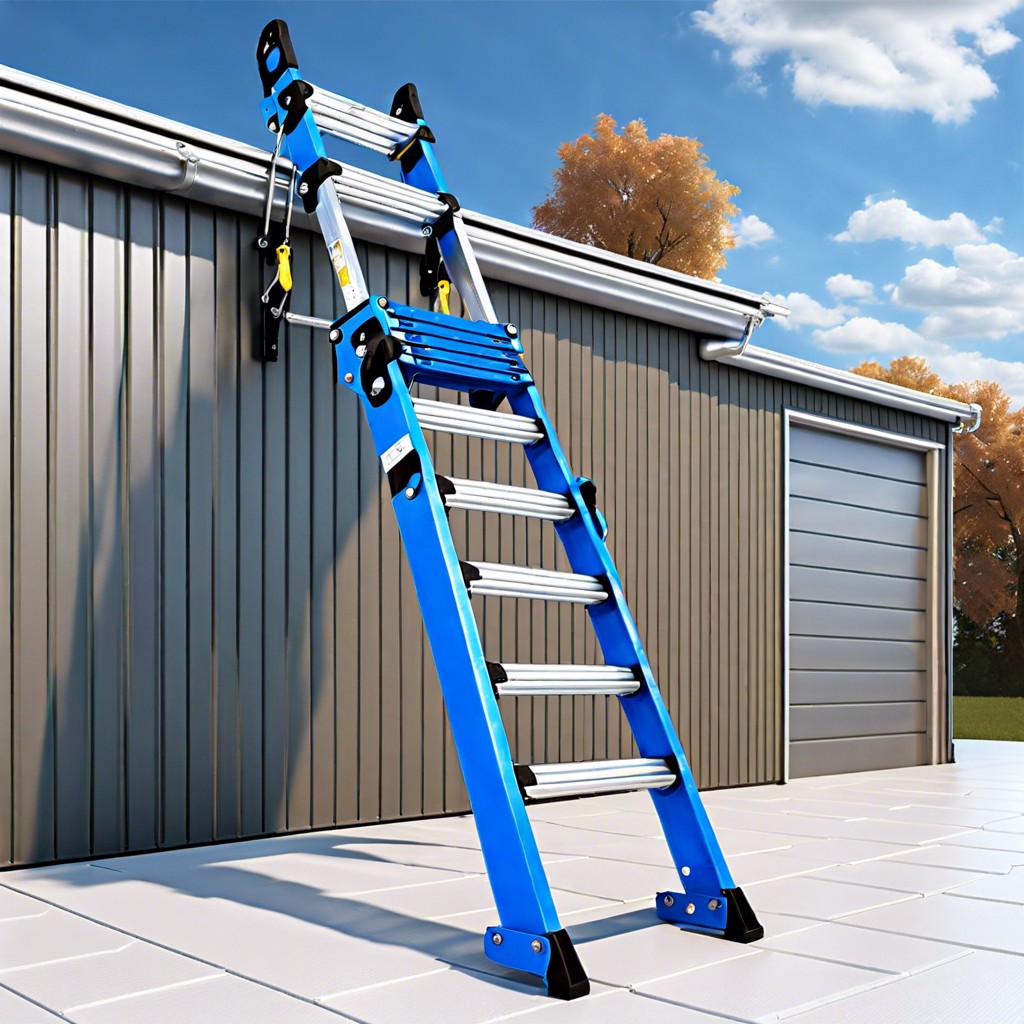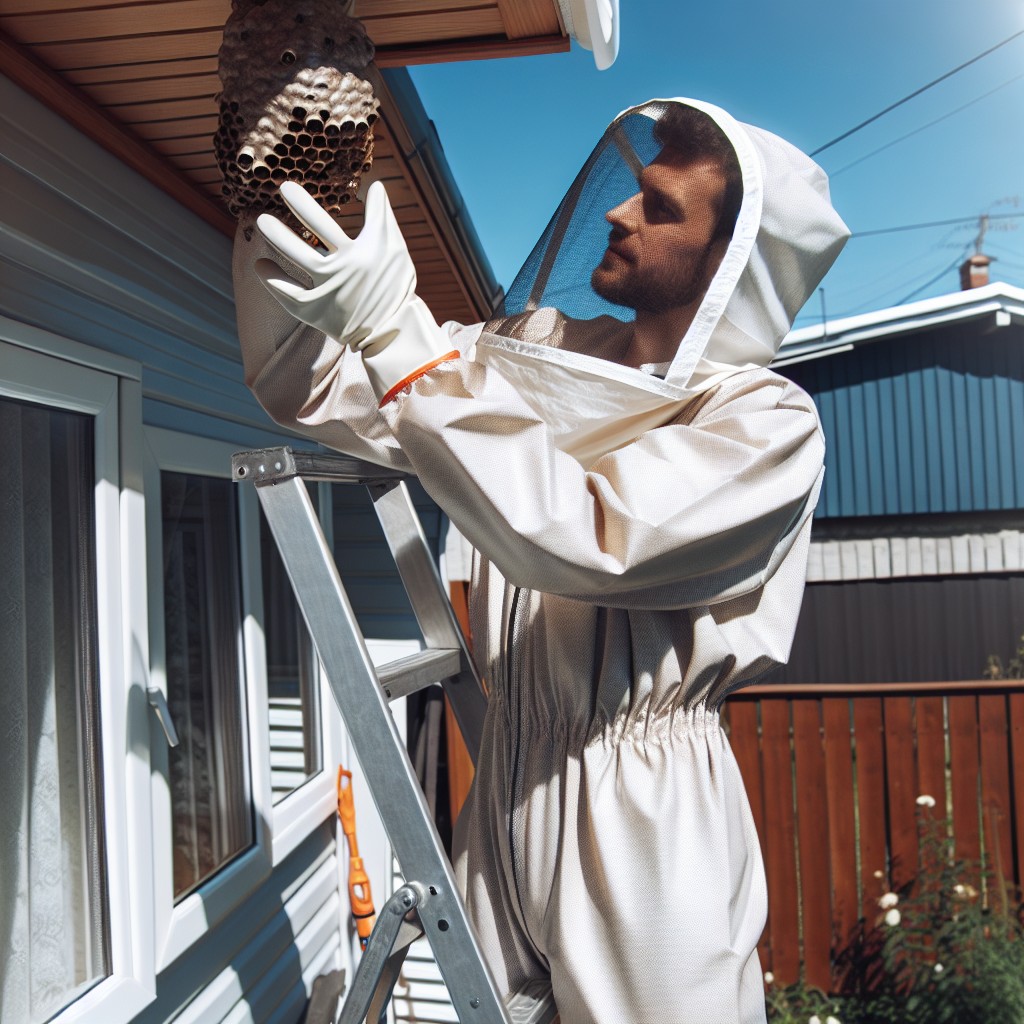Last updated on
Discover practical strategies to deter birds from nesting in unwanted areas around your home.
Key takeaways:
- Use bird roosting spikes to prevent nesting.
- Keep your yard clean and free of debris.
- Install motion-activated lights and sprinklers.
- Slope ledges to make them uncomfortable for birds.
- Use visual, auditory, and olfactory deterrents to repel birds.
Deploy Bird Roosting Spikes
Bird roosting spikes prove effective in deterring birds from settling on your roof. These spikes, typically made of plastic or metal, are designed to create an uncomfortable surface for birds to land on, thus preventing them from establishing nests.

To ensure long-term efficacy, consider the following:
- Installation: Place spikes along rooflines, ledges, and other potential nesting spots, securing them with adhesive or screws.
- Coverage: Ensure that spikes are evenly distributed, leaving no gaps for birds to exploit.
- Material Choice: Opt for UV-resistant materials to prevent deterioration from sunlight exposure.
- Maintenance: Periodically check and clean the spikes, removing debris that may render them less effective.
- Legality and Ethics: Use spikes responsibly, ensuring they’re humane and comply with local wildlife protection laws.
Keep Your Yard Clean
Maintaining a debris-free yard minimizes nesting materials and deters birds from settling. Ensure that twigs, leaves, and other organic matter are consistently cleared away.
Trim hedges and trees regularly to reduce shelter options. Routinely dispose of food remnants and secure garbage bins to prevent attracting birds searching for an easy meal.
Additionally, avoid using bird feeders if you’re attempting to prevent them from nesting in your area, as these will naturally draw them to your property.
Regular lawn maintenance and cleanliness are straightforward strategies that can significantly reduce the likelihood of birds establishing nests on your property.
Install Motion-Activated Lights and Sprinklers
Motion-activated lights serve as effective deterrents for nocturnal birds and those that start their activities at dawn. When birds sense sudden changes in light, they perceive it as a potential threat, prompting them to avoid the area. It’s crucial to position these lights so that they cover the specific zones where birds tend to nest, such as eaves or rafters.
Similarly, motion-activated sprinklers add an element of surprise with the presence of water. Installing these devices around your property can create an unpredictable environment that birds are likely to shun. Look for sprinklers with sensitivity adjustments to better target the areas where birds are a problem without wasting water on unnecessary activation. Remember to regularly check and maintain these devices to ensure their effectiveness.
Slope the Ledges
Sloping ledges provide an effective deterrent by creating an uncomfortable angle for birds to settle on, making it impossible for them to construct stable nests. Installing angled PVC pipes or specially designed products, like bird slope panels, can easily convert flat surfaces into unsuitable nesting spots.
The angle should be at least 45 degrees to ensure birds cannot grip the surface or gather nesting materials. This method, while simple, directly influences a bird’s nesting behavior, encouraging them to find a more hospitable location without causing them harm.
It’s a humane and low-visibility solution that blends seamlessly with most architectural styles, preserving the aesthetic of buildings.
Use Sights, Sounds, and Smells To Repel Birds
Visual deterrents such as reflective tape, fake predators, or even old CDs can disorient and discourage birds from approaching potential nesting areas. These items can be hung from trees, eaves, or overhangs where birds are likely to roost. The flashing lights and unpredictable movements create an uncomfortable environment for birds seeking a nesting spot.
Auditory repellents like ultrasonic devices emit sounds that are unpleasant to birds but typically inaudible to humans. These can be effective in deterring birds from large open areas where they might consider building nests. For a low-tech approach, wind chimes or aluminum foil pans can create noise that disrupts the quiet needed for nesting.
Olfactory deterrents take advantage of a bird’s sensitivity to smell. Essential oils, such as peppermint or lemongrass, can be diluted with water and sprayed around the perimeter of a roof to create an invisible barrier that birds are likely to avoid. Certain commercial bird repellents also mimic the scent of predators, which can effectively keep birds at bay.




